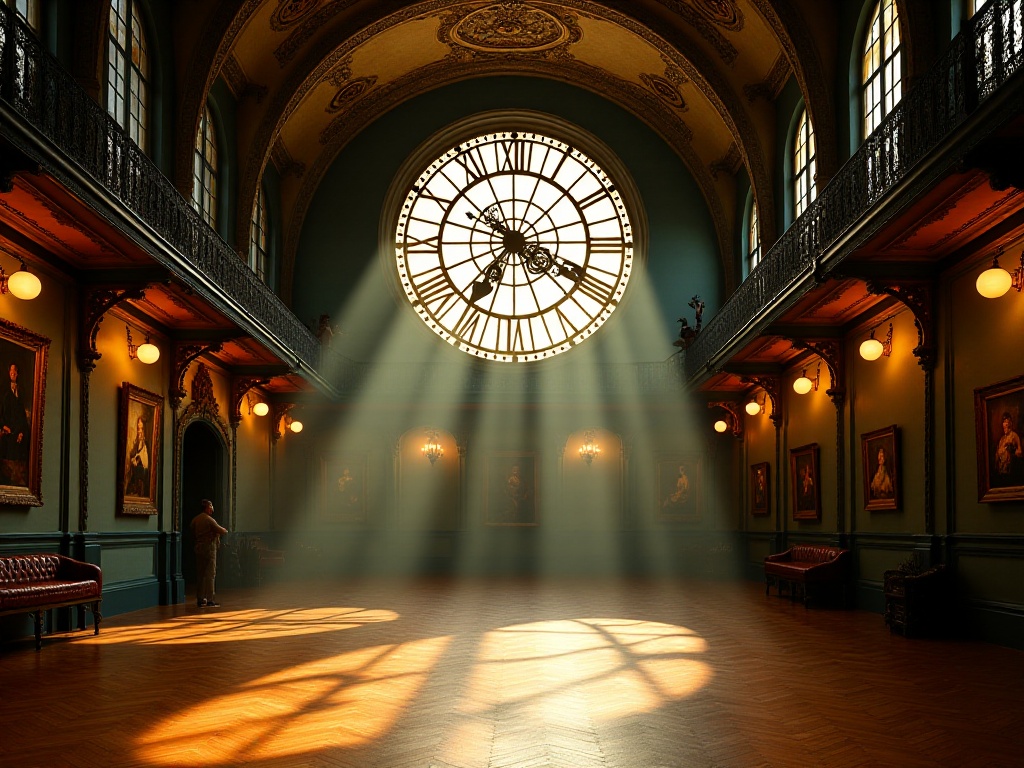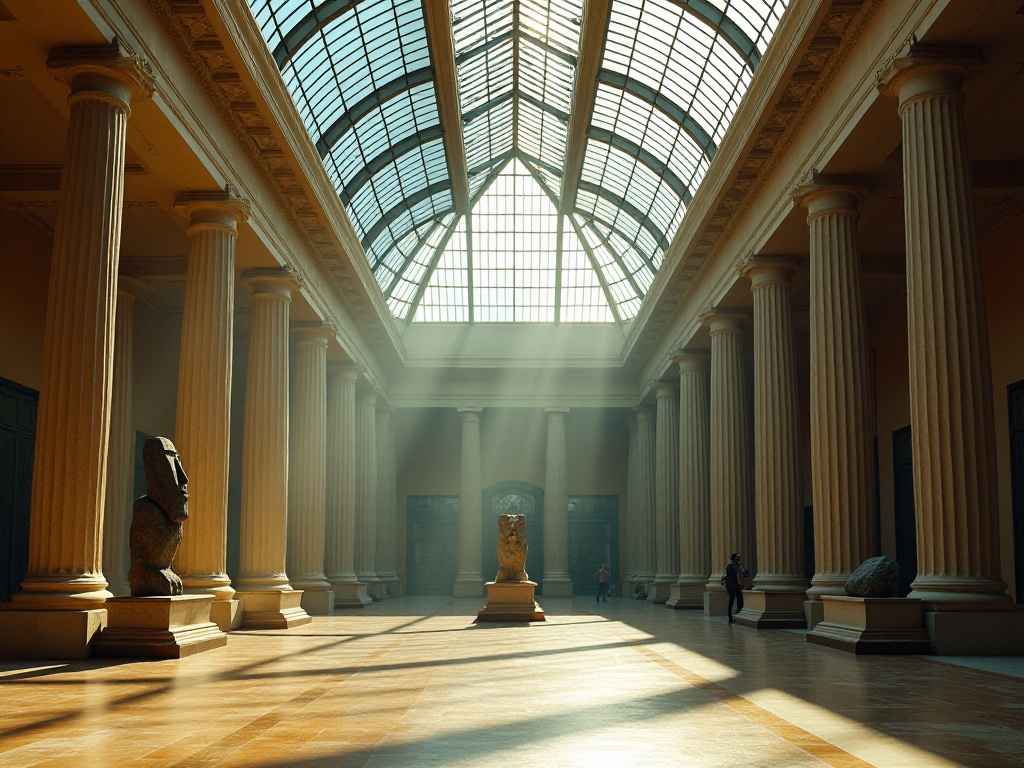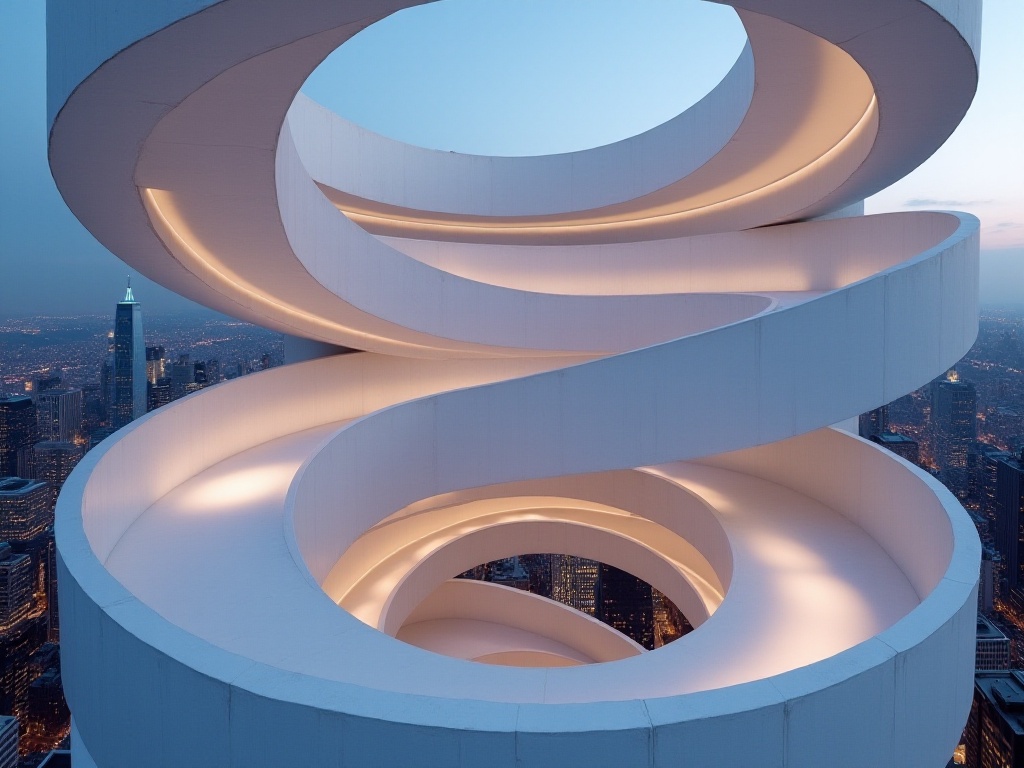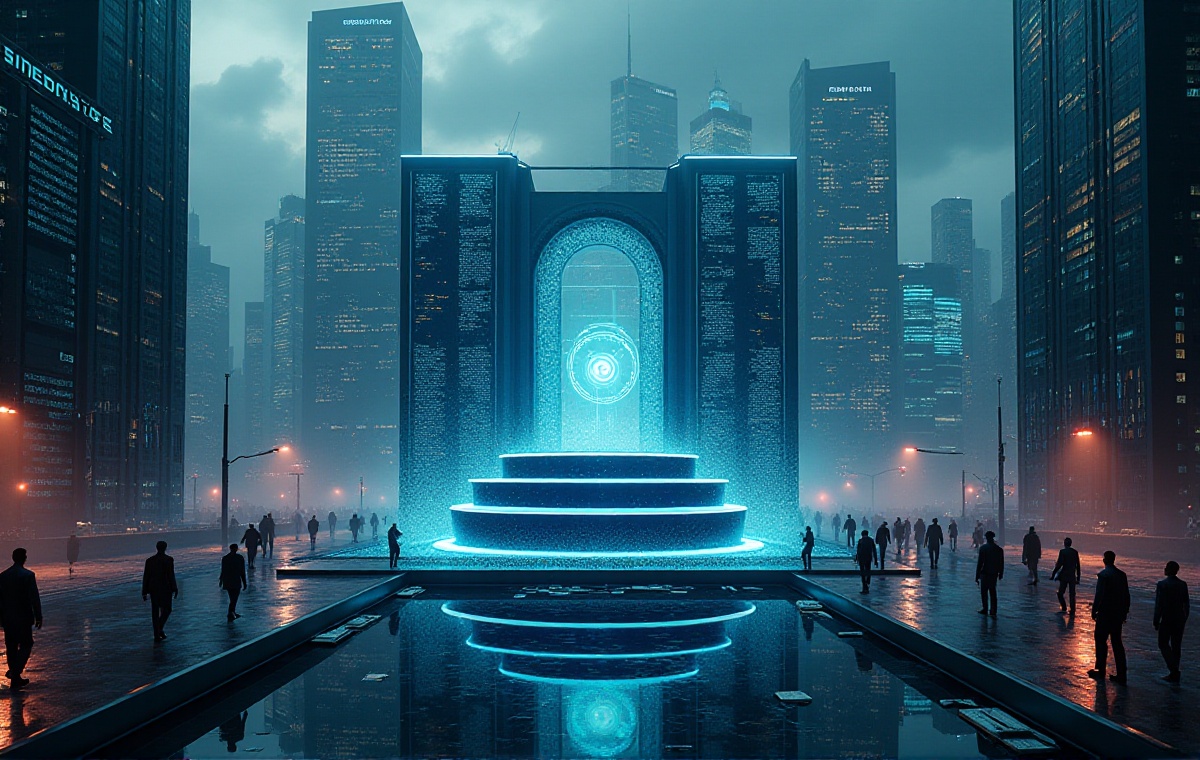Opening Thoughts
The memory of my first visit to a museum remains vivid to this day. I remember wearing headphones and holding the museum guide map, like a bird just released from its cage, eager to explore this artistic sanctuary. Everything in the museum fascinated me: the towering domes, quiet exhibition halls, exquisite exhibits, and visitors from around the world. As a travel blogger who has visited major museums worldwide, I want to share my personal experiences and guide you through the unique charm of these artistic temples. Each museum is like a thick art history book, waiting for us to browse, discover, and experience the beauty of art across time and space.
European Classics
When it comes to European art museums, the British Museum is an undeniable presence. I'll never forget the shock I felt when I first entered. The Great Court, designed by Norman Foster, is Europe's largest indoor square, with a space under the glass dome that feels both modern and classical. Sunlight filtering through the glass creates patterns of light and shadow on the ground, seemingly telling stories of time.
Walking through the British Museum's galleries, you'll find it's essentially a condensed history of human civilization. The Rosetta Stone is one of my favorite exhibits to linger at. This seemingly ordinary black stone was key to deciphering ancient Egyptian hieroglyphs. Standing before it, I often imagine how Jean-François Champollion used this stone to unveil the mysteries of ancient Egyptian writing. The symbols carved on the stone are like codes left by ancient Egyptians for future generations to decode.
The Easter Island statue (Moai) is another unforgettable exhibit. This massive statue gazes at every passing visitor with deep eyes. How did it travel across the ocean from the remote South Pacific to London? Reportedly, this statue was transported to Britain by a Royal Navy vessel in 1868. Imagine how the sailors managed to load this colossal object onto their ship? The stories behind these artifacts always spark my imagination.
Crossing the English Channel from London to the romantic city of Paris, there's a museum that haunts my dreams—the Musée d'Orsay. This former train station from the late 19th century transformed into an art sanctuary in 1986. On my first visit, I was captivated by its unique architectural style. The preserved giant clocks serve not only as timekeepers but also as perfect viewing windows. Looking through them towards the Seine River provides a panoramic view of Paris. Especially at dusk, when the setting sun's rays stream through the clock's glass, adding a romantic hue to the entire exhibition hall.
The most attractive feature of the Musée d'Orsay is its rich collection of Impressionist works. Housing French artistic masterpieces from 1848 to 1914, it's truly an Impressionist paradise. Monet's "Water Lilies" series is like a visual symphony, depicting light and shadow changes at different moments. Cézanne's still lifes reveal his persistent pursuit of form and structure. Gauguin's Tahitian paintings introduce us to the exotic charm of South Pacific islands.
My favorite spot in the Musée d'Orsay is the fifth-floor Impressionist gallery. The natural lighting design here is perfect, with these Impressionist works seemingly changing constantly with the day's light. I often sit for hours, observing the subtle differences in the same painting under different lighting. Sometimes, I imagine these artists at work: Monet setting up his easel in Giverny's garden, capturing the water lilies' poses at different moments; Van Gogh wielding his brush under the night sky, eternally capturing the brilliance of the stars on canvas.

Modern Art
Speaking of modern art, the Guggenheim Museum in New York is essential. This building designed by Frank Lloyd Wright appears avant-garde from the exterior. The entire museum resembles a white spiral ribbon, elegantly coiling upward. When I first stood outside the museum, I was stunned by this bold design. It's not just a museum—it's a giant piece of modern art itself!
The most distinctive feature of the Guggenheim Museum is its viewing route. You don't need to navigate between different galleries; just follow the spiral ramp upward to appreciate the complete development of art from Impressionism to modern art. This design reminds me of Dante's "Divine Comedy," like embarking on an artistic pilgrimage. With each ascending level, you can feel the evolution of artistic forms: from realism to abstraction, from figurative to conceptual, the progression of art is clearly visible.
I remember once seeing a special interactive installation art exhibition at the Guggenheim. The entire gallery was set up as an immersive sound and light environment where visitors could change projected patterns and sounds through their movements. This made me deeply appreciate the charm of modern art: it's no longer just exhibits on pedestals but living art that interacts with viewers.
At the Rodin Museum in Paris, modern sculpture found its perfect exhibition space. The museum is located in the Hôtel Biron, an 18th-century noble mansion rich in history. Walking through the museum's gardens, you'll find Rodin's sculptures perfectly integrated with their surroundings. "The Thinker" is one of my favorite works. This bronze statue, with its profound contemplative pose, demonstrates the power of human spirit. Every time I see it, I can't help but slow down and contemplate the meaning of life.
The Rodin Museum's garden is also an artistic sanctuary. Here, you can see "The Gates of Hell," a magnificent work. This bronze door is carved with over 180 figures, each lifelike, telling stories from Dante's "Divine Comedy." Especially at dusk, when the sunset's rays fall on these sculptures, the dramatic light and shadow effects are breathtaking. I often find a bench in the garden to sit and quietly watch visitors interact with these sculptures: some pose like The Thinker for photos, while others carefully examine every detail of the works.

Specialty Art
In recent years, some specialty museums have begun attracting global attention. The Design Museum Holon in Israel is a great example. This building, designed by architect Ron Arad, gives a futuristic impression from its appearance. The winding steel bands wrap around the building like giant ribbons, reflecting metallic luster in the sunlight. Every time I enter this museum, I marvel at the perfect combination of design and architecture.
The Design Museum Holon not only displays design works but emphasizes showing the design thinking process. I especially love their interactive areas where you can touch various materials and experience different design concepts. Once, I participated in their workshop, learning how to create art from recycled materials. This helped me deeply understand that design isn't just about aesthetics but about innovative thinking in problem-solving.
The museum frequently holds special themed exhibitions exploring topics like sustainable design and future cities. I remember visiting an exhibition about future transportation, featuring various concept car designs and smart transportation system models. These exhibits showed me designers' visions of future life and made me think about how technological development affects our daily lives.
At the Ragnarok Museum in Denmark, music art has found its unique form of expression. This museum focuses on music and its cultural impact, using multimedia displays, interactive installations, and physical exhibits to show music's profound influence on society and culture. The museum's design is very clever, with each exhibition hall having its unique acoustic effect, allowing visitors to experience different types of music immersively.
I love the museum's "Sound Laboratory" most, where you can operate various instruments hands-on and understand the principles of sound production. Once, I participated in their "Make Your Own Music" workshop, learning to create music using electronic equipment. This interactive exhibition style makes music no longer an unreachable art form but a life element that can be personally experienced.
The Ragnarok Museum also regularly holds special themed exhibitions. I once visited a special exhibition about rock music's influence, which used interactive sound and light installations to show how rock music changed 20th-century popular culture. From Elvis to The Beatles, from Pink Floyd to Nirvana, each exhibition area transported visitors back to the era when music changed the world.
Particularly impressive was their "Music Time Machine" installation. This is a circular space with different era music scenes projected on the walls, where you can control different eras and music styles through gestures when standing in the middle. This immersive experience helped me deeply understand that music isn't just the art of sound but a cultural carrier that can connect hearts.

Conclusion
After visiting these museums, the biggest realization is that art has never been unreachable. Each museum uses its unique way to bring art into ordinary people's lives. At the British Museum, you can touch the pulse of human civilization; at the Musée d'Orsay, you can feel the light and shadow changes in Impressionist painters' works; at the Guggenheim, you can witness modern art's innovation; at the Rodin Museum, you can experience the power of sculptural art; at the Design Museum Holon, you can explore the relationship between design and life; at the Ragnarok Museum, you can feel the charm of music.
These museums are like windows to the art world, through which we can see artistic expressions from different eras and cultures. Each visit is a new discovery, and behind each exhibit is a story worth listening to. Art is around us, waiting to be discovered, felt, and understood.
Next time, we'll continue discussing interesting lesser-known details about these museums, such as how to maximize visiting time or discover hidden treasures often overlooked by tourists. Let's continue exploring in the ocean of art, discovering more amazing treasures. After all, every museum visit is an artistic adventure through time and space.


